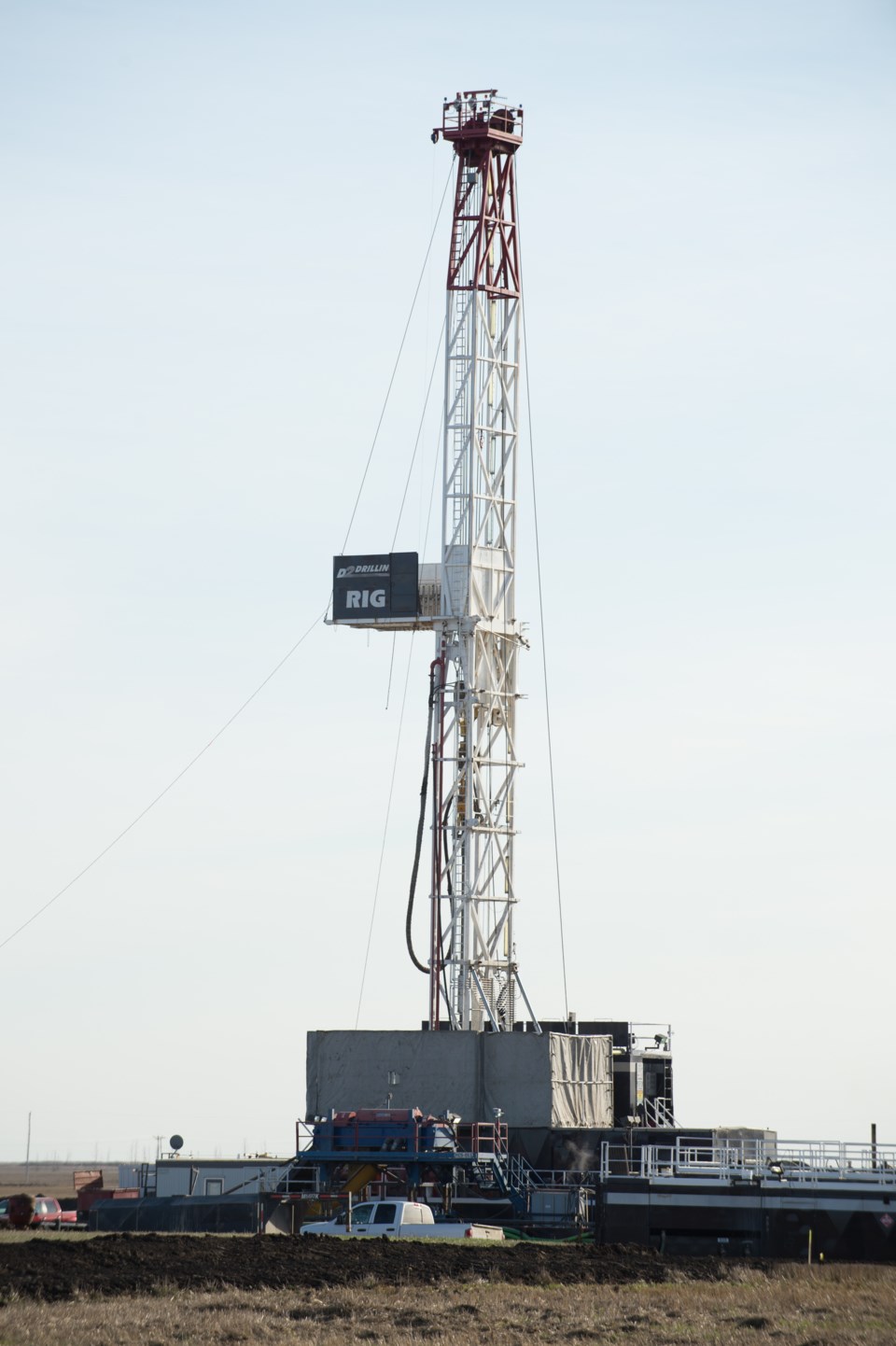While typing up this month’s editorial, something hit me like a ton of bricks. It was this statement, that rolled off the fingers easily enough when typed, but whose deeper meaning only came clear upon further consideration.
“It was three years ago this month that oil prices began their big decline. Three years, folks. We’re now entering year four.”
Entering year four. For so many people, myself most definitely included, there has been an underlying feeling of, “This downturn will pass any day now.”
It didn’t.
The second half of 2014 didn’t seem all that bad. The difference from US$100 for WTI to US$80 didn’t seem like much. After all, that was just a 20 per cent fluctuation. No biggie.
For my oilfield commercial photography, things were busier than they had ever been. I had several companies who were waiting for me to get to them. I was on the cusp of the biggest project I had ever attempted, one that would take up nearly all of my available time until October of 2015.
I was about to sign a contract in December 2014 to get that project going. But OPEC had just met a few weeks before and decided to let oil prices freefall, and freefall they did. I told my clients, “If oil hits US$65, this project’s not going to fly.” It did the next week, and we haven’t seen that price since.
Indeed, the Canadian oil sector would collectively get on its knees to thank God if we had a consistent US$65 today.
The wheels fell off. I was supposed to spend a week in Alberta in January 2015, visiting sites for Edson to Rocky Mountain House and Brooks, photographing various oilfield products. Poof! Gone. For the first six months of that year, my photography revenue, largely oilfield-related dropped something like 80 or 90 per cent. I shot a group picture for my kids’ school, and a couple grads, and that was pretty much it. No one was spending money in the oilfield as they were all trying to stave off going broke.
Each day writing about companies struggling with the downturn, I understood probably better than most what was going on. But the underlying wish was always that things would turn around in short order.
Some wishes don’t come true.
So the oil industry contracted. Most companies I’ve spoken with had their labour forces shrunk by half compared to 2014. Only in the last six months have they started hiring again. Imagine if that ratio had hit another sector, like health care. Half the doctors and nurses, just gone. What about education? Half the teachers doing something other than teaching. Half the lawyers, gone. (Well, some might like that idea.)
Oil in recent weeks has taken a worrying trend below US$50 per barrel for WTI. In fact, today, as I type this, oil just took a sickening turn below US$43 per barrel for WTI. The fifty dollar mark really does make a difference. If it stays much below that level for much longer, I expect the small recovery we’ve seen in recent months to stall.
Lower for longer now seems like reality forever.
So, like it or lump it, this is the new norm. I think that realization settled in, industry-wide, in January, when oilfield service companies started hiring again. In large part, the wages they’re offering are not at all what was offered four years ago. That’s having an impact on finding people.
Now in our fourth year of this downturn, it would be delusional to think otherwise.
I thought it was very curious that Southeast College’s new rig worker program includes sessions on financial management. I’m guessing that advice will sound like, “Just because you are making good money now as a roughneck, that doesn’t mean you can actually afford a jacked up three-quarter ton truck, sled, quad and boat.”
The truck and toy dealerships might not appreciate that, but it’s probably good advice. The days of freewheeling spending are a memory now, and for the foreseeable future.
Ěý
Brian Zinchuk is editor of Pipeline News. He can be reached at [email protected].




